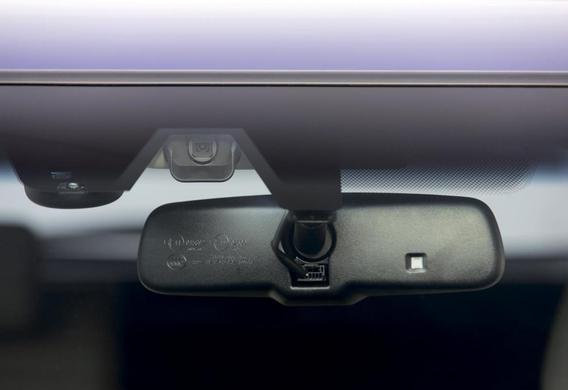
The well-lit road is the security of traffic at night. Do not forget to include the position lamps and the headlamps with the light sensors.
For the first time, the light sensors were installed by Mercedes-Benz, which appeared on the models of Actros construction trucks and had to allow the driver not to be distracted by light switching at night.
Today, many manufacturers install light sensors on their vehicles. However, even if the light sensor is not provided by the manufacturer, it is always possible to purchase a special feature to install this convenient device.
It is equally important in conditions of poor visibility to indicate the presence of a car and other traffic participants. The light sensor shall release the driver manually from the manual and ensure that the main light and position lamps are switched on and off, depending on the change in the illumination level.
How the light sensor works
The light sensor, or the headlamp switching sensor, consists of a photsensor and a relay.
It has special reflectors. Such a sensor is installed inside a car on a windscreen as a rule is the rear view mirror holder.
Thus, if you pass a shady section of the road, the sensor analyses the light around the vehicle as a whole and does not include headlamps. But if you enter a tunnel or a dark garage, the main light will necessarily be turned on automatically.
The activation of the light takes place at the very short time intervals of up to one second. But turning off the headlight occurs with a certain delay of about sixty seconds. The baritone lights shall be switched off in two or two and a half minutes.
If, at these time intervals, the vehicle falls into the low luminance zone, the switching off of the headlamps and the position lamps does not occur.
The modern light sensors have high sensitivity and practically rule out false positivity. They are universal and can be installed on any brand. And equipping modern premium machines and business class is unthinkable without these devices.
It should be noted that the illumination threshold for the inclusion of position lamps and the light is different. But, regardless of this threshold, if the passing beam is switched on, the vehicle's position lamps are included.
Combined transducers
Combined "rain and light" devices have recently been widely distributed.
The unified principle of sensors has created a universal instrument in which the control unit can regulate the operating mode of both glass cleaning and optics.
The intensity of the windshield wiper is determined on the basis of sensor data in the rain sensors. When the drops are falling on the glass, the refractive factor is changing, and it is analyzed by the device of "rain and light". Therefore, merging two sensors into one is quite logical.
The degradation of visibility is not only due to reduced illumination, but also when changing weather conditions in the adverse direction-rain, snow-and therefore the need to include headlamps.
In doing so, the assessment of illumination and visibility occurs in an automatic mode, excluding the influence of the "human factor".
Automatic switching of headlamps
According to the latest innovations in the SDA, the acute need for light sensors is no longer needed.
Motor vehicles have become increasingly equipped with the automatic switching of headlamps. The passing beam is now switched on automatically, five seconds after the engine starts.
Three seconds after it is switched off, the dipped-beam headlamps are switched off, i.e. the headlamps are lit only if the motor of the vehicle is operating.







